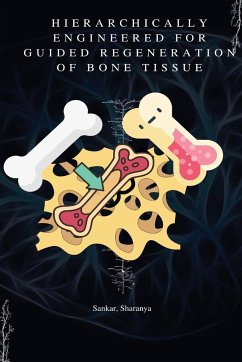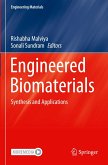With the current sedentary lifestyle, aging population, trauma, injury and diseases, the worldwide occurrence of bone related disorders is expected to increase two-folds by 2020. Hence, the demand for bone grafts have gone up exponentially. Autologous bone grafts have been the gold standard for bone regeneration since ages. The present demand for autologous bone grafts has exceeded the availability, hence making grafts the second highest priority. But the grafts come with a lot of disadvantages like slower/poorer healing, immunological response and reduced Osteo-conduction and Osteo-induction. These issues gave rise to the field of Bone Tissue EngineerinG which is an amalgamation of science, engineering, and medicine. The key aspects of BTE are as follows, biocompatible material for scaffold fabrication, scaffold mimicking the hierarchy of the bone tissue, osteogenic cells, and physical/mechanical/chemical supplements for cell growth and proliferation on the scaffold. Current generation tissue engineering aims at designing implants which induce tissue formation at the site of injury. To achieve this, various events are necessary such as: responsive host cells, a suitable scaffold to hold the growing cells, morphogenetic signals which guide the various aspects of cell development, followed by a nicely vascularized host bed to supply nutrients to the growing tissue. This led to the development of synthetic bone substitutes (made from polymers or ceramics) which have replaced the traditionally used grafts. Conventionally, an ideal scaffold is said to be the one which provides a suitable environment for cell adhesion, proliferation, migration and growth. Additionally, it should provide the proper micro-environmental conditions for differentiation of mesenchymal stem cells, into the required cell types and assist in the production of required extracellular matrix. The synthetic substitutes have evolved over a period to match the properties and functionalities of natural bone grafts. However, they are still far from meeting the clinical requirements.
Hinweis: Dieser Artikel kann nur an eine deutsche Lieferadresse ausgeliefert werden.
Hinweis: Dieser Artikel kann nur an eine deutsche Lieferadresse ausgeliefert werden.








